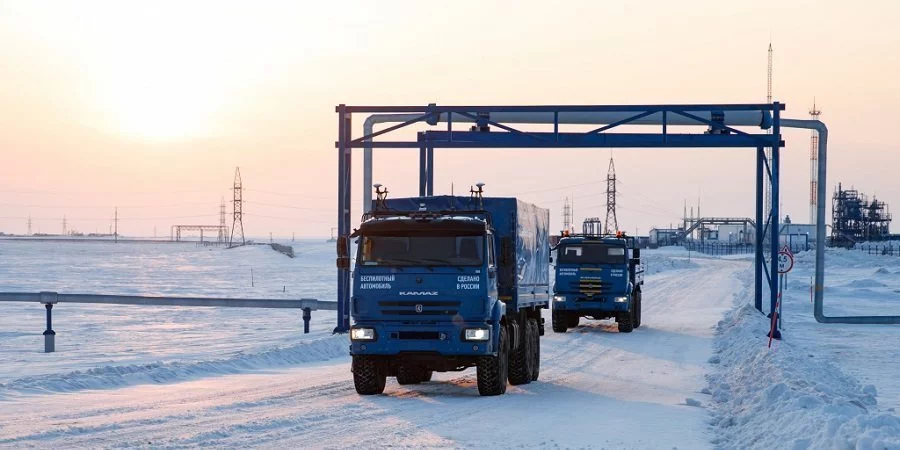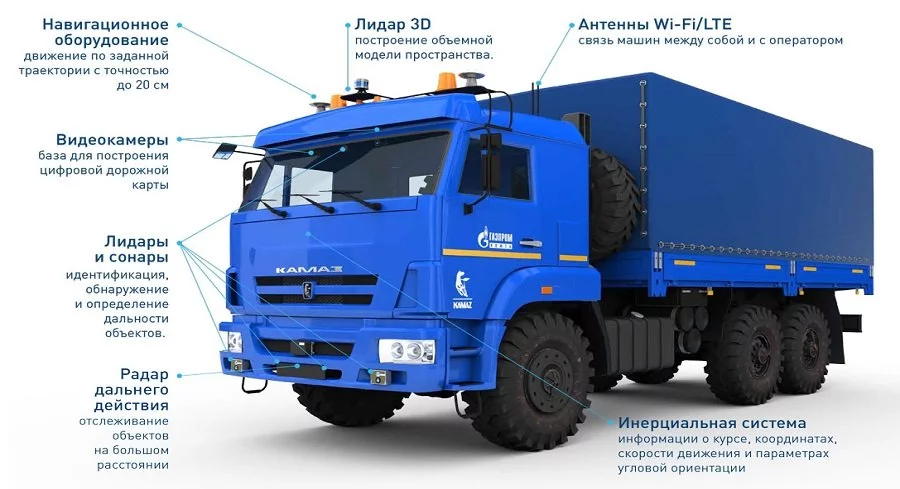Just How Advanced Are Today’s Autonomous Vehicles?
- While autonomous vehicles are frequently in the headlines, the industry is one that is largely misunderstood by the public.
- There are six different levels of autonomous vehicles, from level 0 to level 5, and experts believe developers are still decades away from reaching that final level.
- Currently, some companies are trialing level 3 and even level 4 cars, but to get from trials to the commercial release of these vehicles is no mean feat.
By now, most people have a basic idea of the concept of autonomous driving that goes beyond what was depicted in old sci-fi movies. But few understand the multiple different autonomous vehicle (AV) levels and how they can be used. With cities around the world now beginning to test out AVs on their roads, it is important we understand what kind of technology they’re using and what impact that could have on drivers and pedestrians.
What most people have in mind when they think of AVs is the driver having no input and the car being run entirely by a machine. However, this is not currently the case. There are six levels of autonomous vehicles, from zero to five, which include no driving automation, driver assistance, partial driving automation, conditional driving automation, high driving automation, and full driving automation. And the Society of Automotive Engineers (SAE) International determines the level of autonomy of a vehicle.
A level zero vehicle with no driving automation does not have any automation features, meaning the driver must always take full control of the vehicle. Although the vehicle is still equipped with warning signals and emergency safety actions to warn the driver of any issues. The driver must both drive manually and be aware of any warning and safety issues. Technologies that fall under this type of vehicle include ABS, ESP, cruise control, blind spot warning, automatic emergency braking, frontal collision warning and land departure warning.
A level one vehicle with driver assistance has a system that assists breaking, accelerating, and steering, while the driver still has the overall responsibility for these actions. Systems such as these include electronic adaptive speed regulators and adaptive cruise control, as well as lane keeping assistance and lane centering assistance. This offers a higher level of support to the driver than level zero systems, although the driver still manages the driving responsibility.
A level two vehicle with partial driving automation is one of the most common forms of automation currently available. These vehicles have advanced driving assistance systems (ADAS), which provide continual assistance for braking, accelerating, and steering. The driver must still be attentive, but they have the option of giving the system control of combined longitudinal and lateral functions.
At level three, a vehicle with conditional driving automation, the automation options are more advanced. There are not many level-three options on the market yet. In this case, the driver has the option of allowing the system to take over driving responsibilities. The system can carry out all driving functions, but the driver must be in the driver’s seat to take control if required or requested.
A level four system, with high driving automation, acts much in the same way as level three but the equipment can intervene in the case of a malfunction without having to involve the driver. Although the driver can still take manual control of the vehicle. This type of vehicle is currently only permitted to be used in certain city centers with low speed limits. There is the potential for this technology to be used for ride-sharing services in the future.
And finally, a level five vehicle, with full driving automation, has the highest level of automation system. It requires no human intervention and drivers cannot intervene in the case of an emergency. These vehicles do not have manual controls such as pedals or a steering wheel. This means the car passenger cannot act as a driver and can, instead, completely ignore driving activities.
There have been increasing concerns over the safety of AVs in recent months, as some failures in the testing phase have come to light. Despite only recently beginning trials with level three and four vehicles, many are skeptical use of these semi-automated vehicles. For example, General Motors announced this month that it would be recalling the automated driving software in 300 vehicles after a driverless vehicle crashed with a bus in San Francisco. This was caused by a software error in a Cruise AV, meaning it did not accurately predict the movement of the articulated bus. The crash caused moderate damage but no injuries.
Seattle also approved permitting to test self-driving vehicles in November last year, with companies such as Amazon expected to carry out trials in the city. Companies will be required to share information with the city including their test driver training programs, any collisions, and proof of insurance. Ford’s driverless startup Argo AI and Volkswagen began to test AVs in 2022 in Miami, Florida, and Austin, Texas. These vehicles had no one in the driver’s seat but did have someone in the passenger seat who could pull the car over and stop in the case of an emergency.
Level five automation is something that many car manufacturers are ultimately aiming for, with billions of dollars of funding going into research and development. But experts believe it could take decades to get to this point. In addition, it will be much easier to roll out self-driving cars in cities and countries with strict road laws that are adhered to, rather than in more chaotic environments. Places where jaywalking is illegal, and therefore few pedestrians walk into the street at non-designated crossings, will help autonomous systems to better predict hazards and respond accordingly than places where there are no such rules and pedestrian actions are less predictable.
While AVs have come a long way in recent years, there is still a long way to go. Companies worldwide are just entering the trial phases of self-driving cars in several major cities but are a long way off from the commercial release of these vehicles. But with billions going into research and development, we can expect several more innovations in AV technology in the coming decades.
By Felicity Bradstock for Oilprice.com



No comments:
Post a Comment